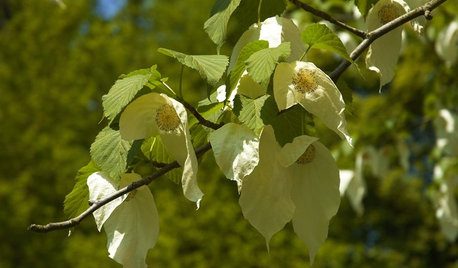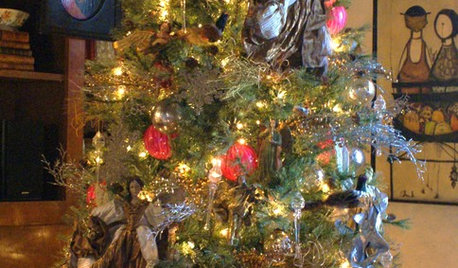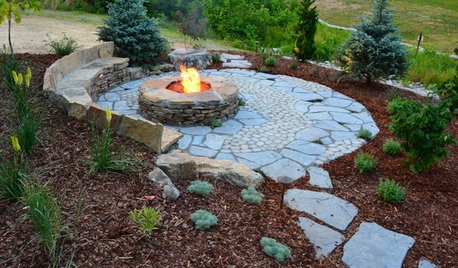Trees
pkock
21 years ago
Related Stories

GARDENING GUIDESTree Care: Common Tree Diseases and What to Do About Them
Learn to recognize trees that may be affected by diseases or pests so you can quickly take action
Full Story
GARDENING GUIDESHow to Keep Your Trees Healthy
Ensure your trees’ vigor for years to come with these tips for protecting roots, watering effectively and more
Full Story
GARDENING GUIDESGreat Design Tree: Australian Tea Tree
A living sculpture with an unmistakable appearance, this coastal native creates an intriguing landscape scene
Full Story
HOLIDAYSHouzz Call: Show Us Your Christmas Tree!
How lovely are your branches? Post a picture and share your stories
Full Story
GARDENING GUIDESGreat Design Tree: The Dove Tree
With distinctive fluttery flowers and a height that towers over the landscape, the dove tree provides a respite from the summer sun
Full Story
HOLIDAYSChristmas Tree Decorating the Painless Way
Holidays are for carols, not cussing. Make tree trimming less work and more fun with this guide at your side
Full Story
CHRISTMASReal vs. Fake: How to Choose the Right Christmas Tree
Pitting flexibility and ease against cost and the environment can leave anyone flummoxed. This Christmas tree breakdown can help
Full Story
HOLIDAYSHow to Care for Your Christmas Tree
Keep your tree looking lush until the last ornament is packed away with these tips for watering, using stands and more
Full Story
HOLIDAYS10 Ways Your Christmas Tree Can Live On After the Holidays
Learn how to recycle your Christmas tree and reap benefits for the environment
Full Story
FALL GARDENING11 Trees for Brilliant Fall Color
Give your landscape the quintessential look of autumn with the red, orange and yellow leaves of these standouts
Full StorySponsored



Lisa_PA
pkockOriginal Author
Related Discussions
can i graft a fruit cherry tree to a wild cherry tree?
Q
Tree ID (native woodland tree + Arbor Day mystery tree)
Q
Questions on 50-Year-Old Albizia Mimosa Tree / Silk Tree
Q
Will a Lollipop Crabapple Tree pollinate any apple trees
Q
Carina
Elizabeth
pkockOriginal Author
botann
Elizabeth
Lisa_PA
pinetree30
Elizabeth
LianneNJ
susanne_OR
Elizabeth
pinetree30
gardenbug
Elizabeth
gardenbug
pinetree30
Elizabeth
Lisa_PA
gardenbug
johnp
gardenbug
Atara
gardenbug
Elizabeth
patienceplus
gardenbug
snakelady61
michaelzz
rlriffle_FL_zone10
lustrosa
Lizanne
Mario_Vaden
mdsimenc
ChillyWilly
Jimw
Arbor
veronicastrum
laa_laa